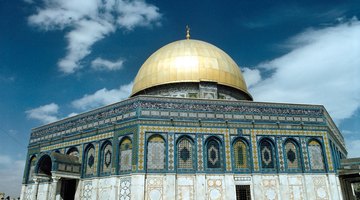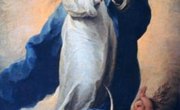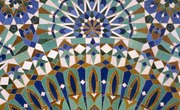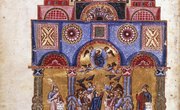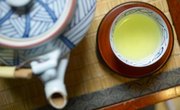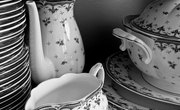At first glance, it may seem as though there are no similarities between Christian and Islamic art, for they serve different purposes in different ways. Christian art is didactic and usually naturalistic and figural, because of the emphasis in Christian theology on the body of Christ. Islam, meanwhile, focuses on the word of God and its art relies mainly on abstract patterns. Both Christian and Islamic art share similar antecedents, however, which is particularly clear in examples of architecture, patterns, painting and portable arts.
Architecture
The greatest similarities between Islamic and Christian art can be found in architecture. Both traditions are heavily influenced by classical architecture and use light as an important element to symbolize divinity, as well as similar floor plans in some cases. Sinan, one of the foremost Ottoman architects, attempted to surpass the beauty of the Hagia Sophia in his plans for buildings such as the Selimiye Mosque in Edirne, Turkey, by enlarging the dome and unifying the space. After the Crusades, Romanesque architecture also reflected the influence of Islamic architecture in the use of decorative programs on the walls and new floor plans.
Patterns
Islamic art is known for its complex vegetal, geometric and calligraphic patterns. Although Christian art doesn't use patterns in the same scope and to the same purpose, they do share some of the same sources in classical art. Interlocking vegetal patters of grape vines, for instance, were a common motif in Roman temples; and the First Church of the Monastery of Hosios Loukas, in Phokis, Greece, is decorated with patterns of Kufic script. Some art historians also see a correlation between the flatness of Byzantine icons and that of Kufic script.
Painting
Although Christian and Islamic art have very different approaches to painting, over centuries of trade and cultural exchange they have developed some commonalities. In Islam, painting is mostly confined to illuminated manuscripts or on functional objects such as pen boxes. In the image-centric world of Christian art, painting is found everywhere, from walls to canvases to books to portable objects. Both, however, share a love of landscapes and precise illustrations of plants and of portraiture -- as long as the portrait is of a non-religious figure in the case of Islamic art. This is especially true in the Mughal and Safavid artistic traditions.
Portable Arts
In the Middle Ages, Islamic metal- and glasswork was the best in the world and copied all over Europe, even for religious purposes. This was especially true in Venice, which had a closer relationship with the Islamic world than any other Christian city in Europe at the time. Pilgrim's flasks, for example, were similar to Islamic bottles not only in shape -- a round center flattened on both sides -- but in the vegetal patterns used on the sides. In both the Islamic and Christian worlds, they were occasionally ordered as a pair and given to a couple to celebrate their marriage.
Related Articles
References
- University of Calgary: The Islamic World to 1600 Architecture
- Brigham Young University: “Treasured Truths” Artists Explore Similarities Between Islam and Christianity
- Metropolitan Museum of Art: Byzantine Art Under Islam
- Metropolitan Museum of Art: Europe and the Islamic World, 1600–1800
- Metropolitan Museum of Art: Pilgrim's Flask
Writer Bio
Natasha Brandstatter is an art historian and writer. She has a MA in art history and you can find her academic articles published in "Western Passages," "History Colorado" and "Dutch Utopia." She is also a contributor to Book Riot and Food Riot, a media critic with the Pueblo PULP and a regular contributor to Femnista.

